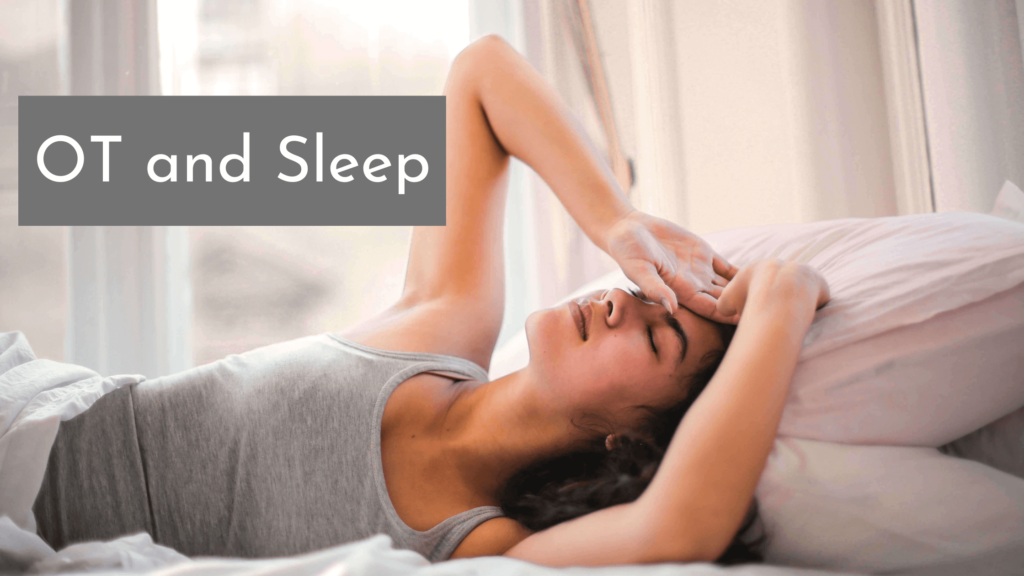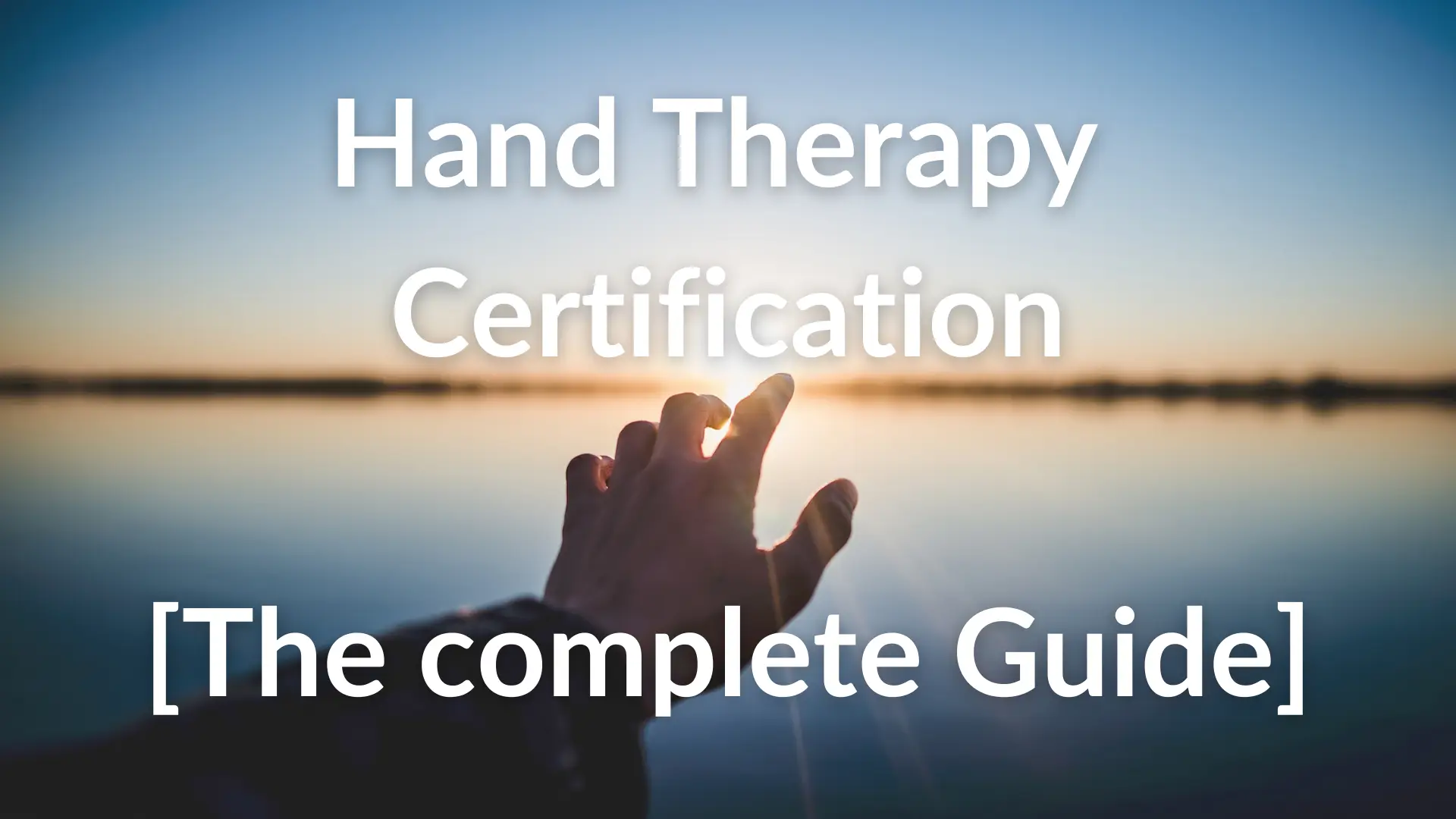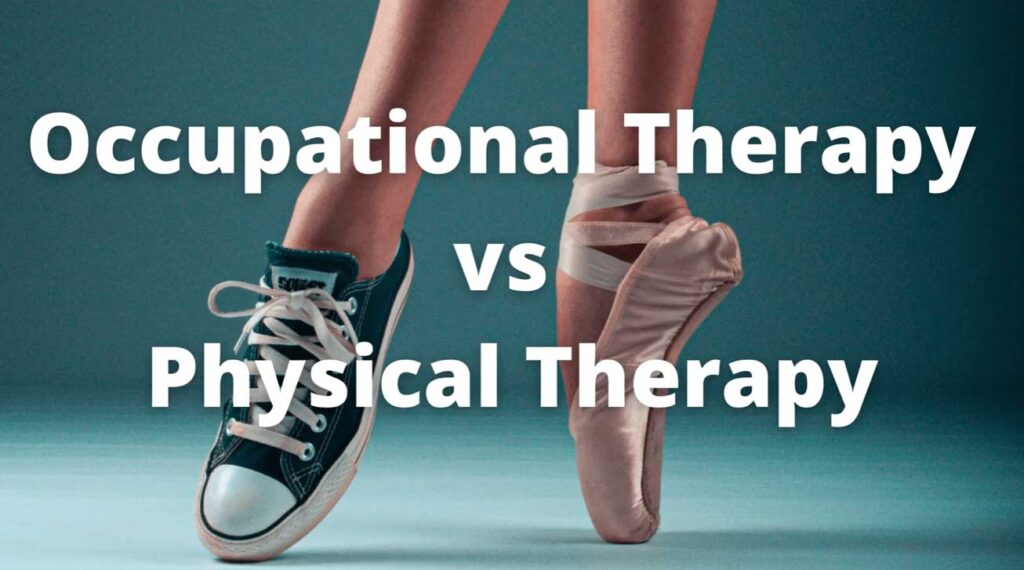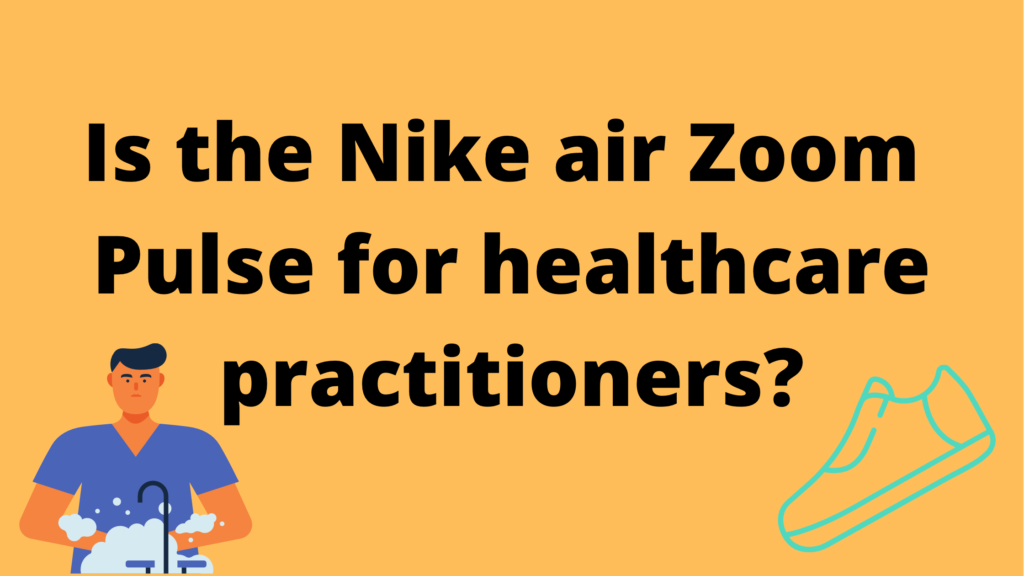You may have known that most adults and older adults have problems sleeping, but did you know that occupational therapy can help?
Loss of sleep can cause social isolation, increased risk of falling, impaired cognition, and increase your risk of dying. Poor sleep habits can also result in car accidents, poor grades in school, obesity, depression, diabetes, hypertension, and lower immune system functions.
Sleep plays a pivotal role in daily living and has a significant impact on our daily health, so what can occupational therapy do to make a difference?
In this article, I’ll discuss 5 OT interventions to improve sleep.
How do occupational therapists help with sleep?
OTs can help people with sleep deprivation by providing sleep education, environmental modification, adaptive equipment, and addressing barriers. This may include changing bedtime routines, habits, treating underlying health conditions, addressing bedding, clothing, noise, and lighting.
According to AOTA, “Occupational therapists use knowledge of sleep physiology, sleep disorders, and evidence-based sleep promotion practices to evaluate and address the ramifications of sleep insufficiency or sleep disorders on occupational performance and participation.”
That means that OT doesn’t just work on improving sleep, they address the underlying root causes for sleep disorders, and use evidence-based approaches to improve sleep so people can better perform their daily occupations.
Below are some of the best evidence-based treatment approaches for OT.
Lifestyle interventions
One way OTs can improve sleep is by modifying a client’s lifestyle. A lifestyle intervention is a simple way to encourage healthy sleep habits. Some of these habits may includes settings goals and making lifestyle adjustments during the day and before going to sleep.
Setting goals
One lifestyle habit may include setting goals. For example, a client may write a goal in a sleep diary to be in bed each night by 10pm. Goals may work better if the client has a someone to help them with these goals like a partner or friend.
Start by having the client set goals for a sleep schedule for 2-3 weeks. Have them make adjustments to their evening to help them stick to their new bedtime routine.
Modifying social activities
Increasing daytime social activities and reducing nighttime social activities has shown to have a significant impact on sleep. It may be difficult for someone to reduce nighttime social activities, but a lifestyle intervention may require a certain amount of commitment and a willingness to give up habits and routines. Instead of having dinner with a friend, ask them to do breakfast or lunch. Plan exercise or activities with others at times of the day when you’re more inclined to take a nap.
Working toward healthy habits
Simple healthy habits might include changing the way you eat or what you eat before you go to sleep. It may also include a period of time between your last meal and sleeping. Most people should stop eating three hours before going to sleep. This helps so you don’t digest your food while you’re sleeping. This can also make a huge difference on lowering your insulin to further reduce diabetes.
Improve sleep with the Dreampad pillow
The Dreampad pillow is another way to improve sleep and has been shown to help people with
- PTSD
- Depression
- Insomnia
- Traumatic Brain Injury
- Adults who wake up at night
- Children with Autism and ADHD
I actually made a short video about it below.
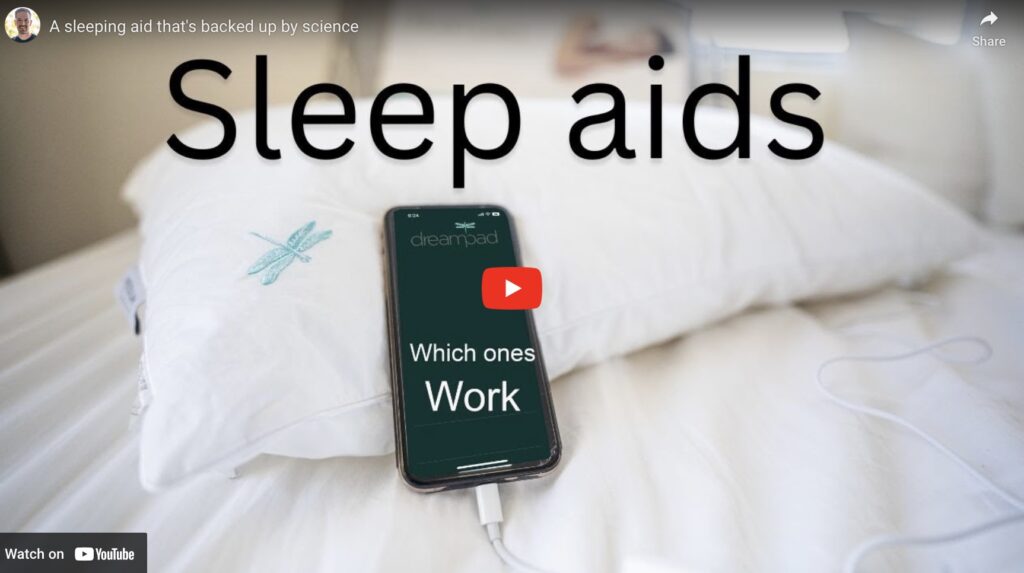
How does it work?
The dream pad pillow, uses, soothing vibrations encased in the pillow to improve sleep. According to their website, It’s supposed to have a calming effect that results in vibrational stimulation to the Vegas nerve that activates the parasympathetic nervous system.
It also has a gentle vibration on the pillow that’s supposed to calm your nervous system. Supposedly it’s a completely different experience than using a sound machine or headphones.
Does the Dreampad pillow really work?
I’ve been using the Dreampad pillow for the last two weeks and I’ve found that it usually helps me fall asleep faster when I wake up at night. I’ve also found that it helps my mind stay focused on the sounds from the pillow rather than the thoughts in my head.
After tracking my sleep for a month with the Apple Watch, I found that the pillow slightly lowered my awake times at night.
4-7-8 Sleep method
The 4-7-8 sleep is a method to fall asleep by focusing your thoughts on breathing to activate the parasympathetic nervous system similar to the dreampad pillow. This is especially helpful for individuals who have a hard time falling asleep because their mind is too busy. This is how the 4-7-8 sleep method works.
- Inhale for 4 seconds
- Hold your breath for 7 seconds
- Exhale for 8 seconds
According to one article, it’s best if your tongue is touching the roof of your mouth resting on the front teeth. When you notice a “whooshing sound”, you’ll know you’re doing it right.
Meditation
According to the national journal of medicine, meditation is to be in another great way to improve your sleep. The idea is to get comfortable, close your eyes, and clear your mind. You can then start breathing exercises or other forms of meditation to slow down your heart rate. Meditation is also shown to help lower cortisol levels.
Use a sleep tracker
A sleep tracker is another great device that can be used to help you set goals, make a sleep schedule, and track your stages of sleep. Its also a good way to utilize biofeedback in combination with cognitive behavioral therapy.
Change thoughts about sleep
The last way to improve your sleep is by changing the way you think about sleep. This usually includes having cognitive behavioral therapy to help re-organize your thoughts when thinking about how much you sleep and how often you should sleep.
The mayo clinic has a great article on different ways to improve sleep using CBT and how it can be effective for people suffering from insomnia.
Summary
If you’re looking to expand your practice as an occupational therapist, these are just a few treatment approaches that can help, but you should always look at the clients factors related to sleep. Find out what sleep disturbances are causing a lack of sleep and how you can remove the root causes.
I hope this was helpful. Subscribe to my email list to learn more occupational therapy tips and tricks.

David is the lead editor of OT Focus. He has been practicing as an Occupational Therapist since 2013. He specializes in acute care, hand therapy, and ergonomics.

